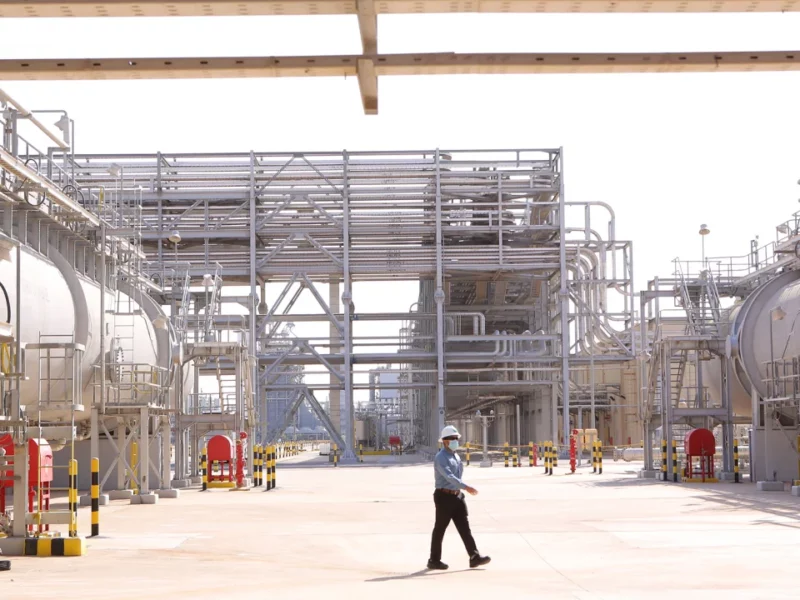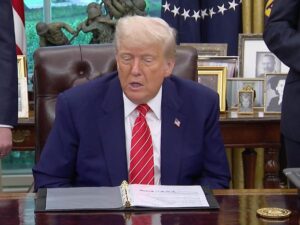Saudi Arabia’s economy has experienced a significant reversal, primarily due to its decision to reduce crude oil output in order to stabilize prices. The country’s gross domestic product (GDP), which provides a broad overview of its economic performance, contracted by 4.5% year-over-year in the third quarter of 2023, marking the most substantial decline since the COVID-19 pandemic in 2020. Without the 3.6% growth in non-oil sectors, the economic downturn would have been even more severe.
While the oil sector in Saudi Arabia had been shrinking for several months, the overall economy managed to achieve 1.2% year-on-year growth in the second quarter. However, in the third quarter, the kingdom’s oil sector experienced a remarkable contraction of 17.3% year-on-year, the most significant decline recorded for any quarter since at least 2011. This contraction was a direct result of the voluntary oil production cuts made by Saudi Arabia, which aimed to support global oil prices.
Saudi Arabia reduced its oil production to nine million barrels per day in July, as it joined forces with Russia within the OPEC+ alliance to limit the oil supply. This decision was made in response to signs of weakening global demand due to a slowing global economy.
Analysts from Oxford Economics anticipate that oil production in Saudi Arabia will continue to remain low until the end of the current year, with a gradual increase expected in early 2024.
The International Monetary Fund (IMF) foresees that Saudi Arabia’s GDP will only experience a modest growth of 0.8% for the entirety of 2023, a significant decline from the 8.7% growth observed in the previous year.
The intention behind Saudi Arabia’s oil production cuts was to stabilize global oil markets, as explained by Ralf Wiegert, the Economics Director for the Middle East and North Africa at S&P Global Market Intelligence. He noted that during the second quarter of 2023, concerns about a potential global economic slowdown were putting pressure on oil markets. In response, Saudi leadership chose to reduce oil supply in anticipation of the recessionary risks to oil demand.
Wiegert emphasized that the gradual phasing out of production cuts will play a pivotal role in determining Saudi Arabia’s economic recovery, with expectations for these cuts to conclude in 2025. He also mentioned that Saudi growth is projected to remain sluggish, at 1.1% in 2024.
In contrast to other Gulf states that have been impacted by reductions in oil production, the United Arab Emirates (UAE) has managed to sustain economic growth. The UAE’s economy minister recently announced that the country’s GDP expanded by 3.7% during the first half of the year, with the non-oil sector playing a significant role in this growth.
Additionally, recent Purchasing Managers’ Index (PMI) data from S&P indicates that non-oil revenues in the UAE are experiencing their fastest growth rate in four years. This suggests a positive trend in the country’s non-oil economic activities.











